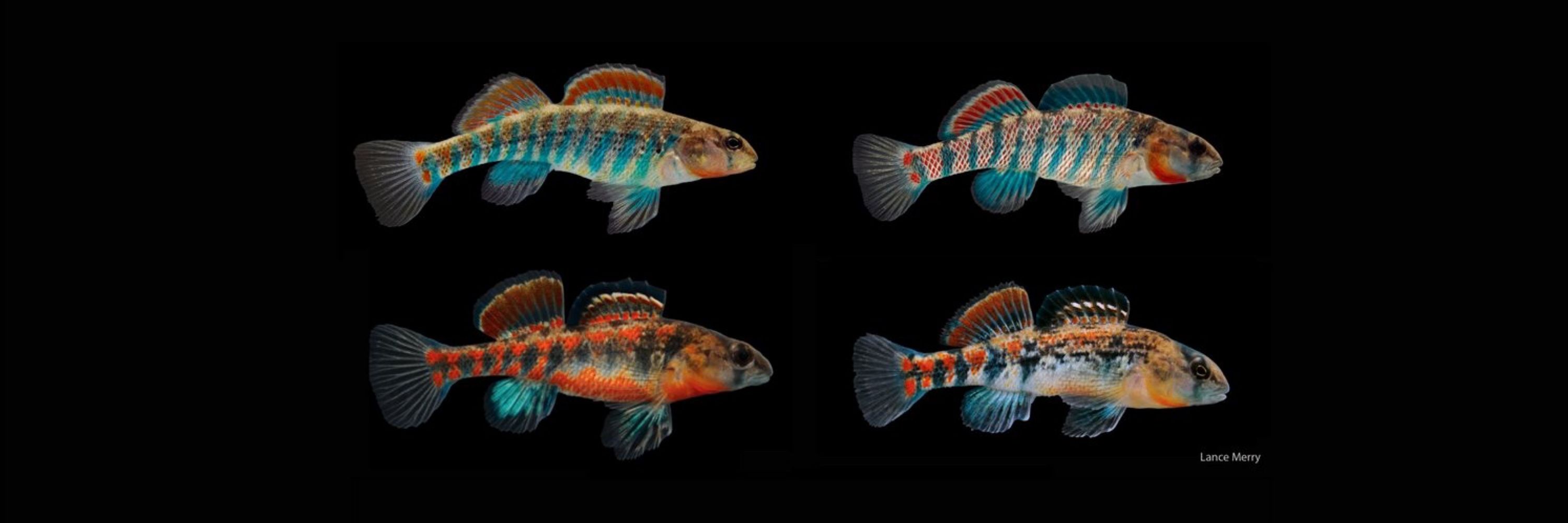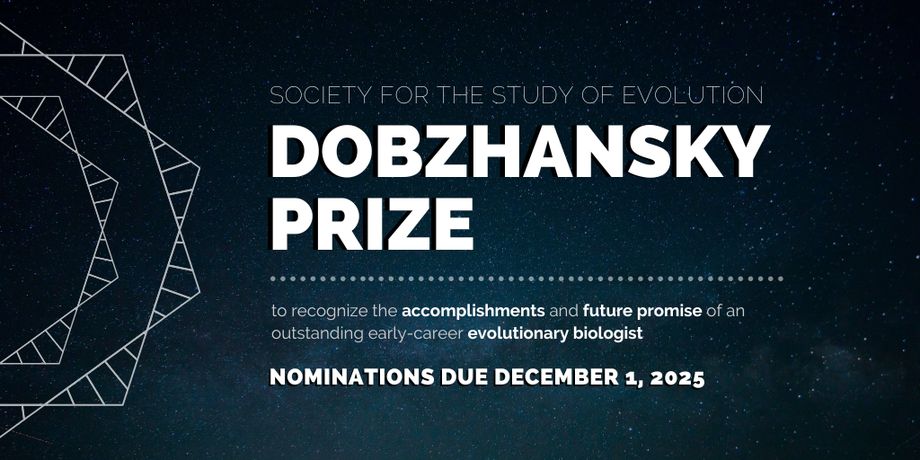
https://rachelmoranlab.com


🔗 buff.ly/ZD7cqDk
@pjflood.bsky.social @kmalofs.bsky.social

Investigating the evolution of large meiotic rings of multiple X and Y chromosomes in two Leptodactylus species
🔗 www.nature.com/articles/s42...

Investigating the evolution of large meiotic rings of multiple X and Y chromosomes in two Leptodactylus species
🔗 www.nature.com/articles/s42...

Apply by Dec 15th here: shorturl.at/4a4O6

Apply by Dec 15th here: shorturl.at/4a4O6

🔗 tinyurl.com/3a8r9xy5

🔗 tinyurl.com/3a8r9xy5

All postings include salary. I am not involved in these positions.
Please share to help others — working to conserve nature is rewarding and needed!
www.linkedin.com/posts/aerinj...

All postings include salary. I am not involved in these positions.
Please share to help others — working to conserve nature is rewarding and needed!
www.linkedin.com/posts/aerinj...
A R package for single-cell gene signature scoring
bioconductor.org/packages/rel...
Mann-Whitney U stat
Depend only on the relative gene expression in individual cells, not dataset composition
Higher comput efficiency than AUCell
#ComputStructBiotechnolJ 2021
www.csbj.org/article/S200...

A R package for single-cell gene signature scoring
bioconductor.org/packages/rel...
Mann-Whitney U stat
Depend only on the relative gene expression in individual cells, not dataset composition
Higher comput efficiency than AUCell
#ComputStructBiotechnolJ 2021
www.csbj.org/article/S200...
www.biorxiv.org/content/10.1...
@camzoology.bsky.social

www.biorxiv.org/content/10.1...
@camzoology.bsky.social
🧪 www.nature.com/articles/s41...

🧪 www.nature.com/articles/s41...
gitrepo: github.com/ybrandvain/b...
book: ybrandvain.github.io/biostats/
Not complete but at a good point to take a break, and I think its quite usable
dm me with comments , ideas etc
gitrepo: github.com/ybrandvain/b...
book: ybrandvain.github.io/biostats/
Not complete but at a good point to take a break, and I think its quite usable
dm me with comments , ideas etc


Our new #meta-analysis of comparative studies finds support for a positive relationship, but the rather moderate global effect suggests it’s not necessarily a dominant force.
doi.org/10.1093/evle...

Our new #meta-analysis of comparative studies finds support for a positive relationship, but the rather moderate global effect suggests it’s not necessarily a dominant force.
doi.org/10.1093/evle...
How does genetic architecture constrain evolutionary trajectories? To address this question, we inferred the genetic architecture of convergent plumage coloration and its evolutionary history in wheatears.

How does genetic architecture constrain evolutionary trajectories? To address this question, we inferred the genetic architecture of convergent plumage coloration and its evolutionary history in wheatears.
share.google/gukbzS1zdIx6...

share.google/gukbzS1zdIx6...

www.biorxiv.org/content/10.1...

www.biorxiv.org/content/10.1...

New preprint exploring how turnover reshapes barriers to gene flow through an “escape-hatch” model for mitonuclear conflict.
Any feedback would be welcome! ecoevorxiv.org/repository/v...
New preprint exploring how turnover reshapes barriers to gene flow through an “escape-hatch” model for mitonuclear conflict.
Any feedback would be welcome! ecoevorxiv.org/repository/v...
Call for Proposals: Research Synthesis Working Groups
The Society for the Study of Evolution (SSE) invites proposals for sponsored Research Synthesis Working Groups at the 2026 Evolution meeting (up to two in-person and one virtual). ...

